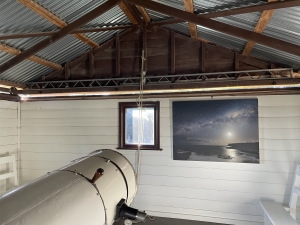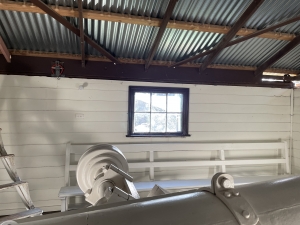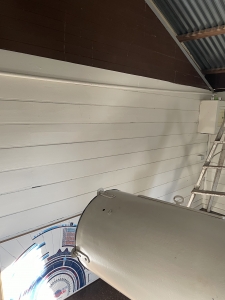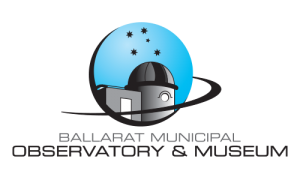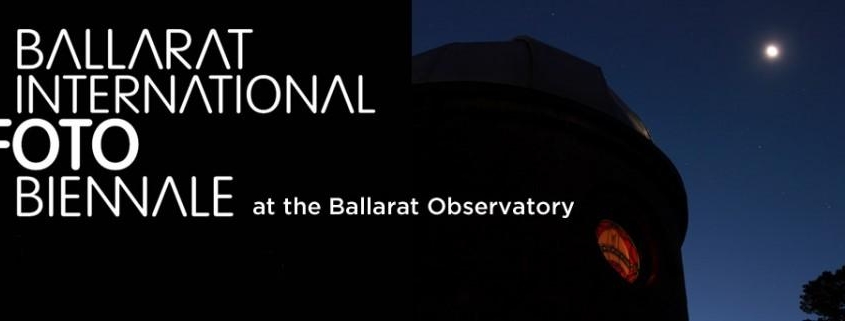
The BIFB open program is back at the Ballarat Observatory.
2023 Exhibits
Chloe Bartram: Capturing Starlight
Janet Copland Antarctica: A Frozen Moment in a Timeless Land
Lucius Yin the Tree Bears Fruit.
Tuesday, Thursday, Saturday. 3.00pmAEDT – 7.00pm AEDT
_____________________________________________________________________
Past Exhibitions
2021
‘Our Sun’ -Special Science Week Event – 28th August
Dr Russell Cockman – spoke about the Sun and the clouds parted to reveal an increasingly active Sun in Hydrogen alpha wavelength. Russell is the Astronomical Society of Victoria Solar Section Director.
Blake Iscario One of our current Victorian photographers, Blake Iscario who at age 12 took his first spectral image of a star, and now aged 14 continues on with his work, spoke about his works in “Spectra”. Below Section of Canopus Spectra, Blake Iscario and his online talk, link below.

Spectra Curated by Judith Bailey
The Historical development of spectroscopy, the spectral classification of stars highlighting the work of Annie Jump Cannon who published her first catalog of stellar spectra in 1901. In 1911 she was made the Curator of Astronomical Photographs at Harvard. In 1914, she was admitted as an honorary member of the Royal Astronomical Society.
Photography unlocks the information stored in light and reveals the elements within stars.
Alongside the historical background of spectroscopy, will be some current photographs of spectra of stars.
Blake Iscario Blake, who at age 12 took his first spectral image of a star, spoke about his works in “Spectra”.
Below Section of Canopus Spectra, Blake Iscario

Blake’s presentation on spectroscopy
Barry Adcock Barry has over 50 years experience photographing
Jupiter and contributes to International scientific observations of this planet.
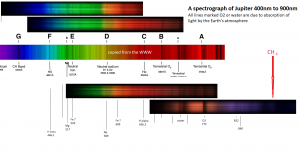
Anti-Anthropocene Launch
Kat Wilkie
Artist Statement
Anti-Anthropocene is an installation of sound and moving image showcasing my response to the current state of the ecological crisis.
Throughout the installation, viewers are presented with a combination of moving image projections and soundscapes. My aim was to create an immersive space for viewers to navigate through. Encouraging them to be viewing the videos from different angles and locations of the space, in hopes of provoking new perspectives of the land.
I have collected satellite and archival photographs of the environment that has been impacted by climate change. Using databases such as NASA and Google Earth, where the viewers are given a ‘Gods’ eye view’ of the landscape. Using this viewpoint, I wanted to explore orientation and perspective throughput my work. When viewing the land this way we often have to question what we are looking at, and spend more time absorbing what we see and questioning what is in front of us. As well as these digital processes, I am collecting items, such as rocks, leaves, sticks etc., from these specific locations, and scanning them. This combines the digital and physical representations of the land, and I am presented with the challenge of combining these differing visuals. The satellite imagery from Google Earth is a collection of data, generated by computers to create a lifelike ‘photo’. The idea of this data transforming into an ‘image’ intrigues me, there is a machine that is creating visuals of something that is usually quite difficult to see. The photographs from NASA are taken as early as the 1980s up until now. The search engine on NASA’s Earth Science & Remote Sensing Unit, allowed me to find images of the land that had been impacted by climate disasters, or specific locations. I have animated these photographs by creating flowing movements in the images, which has given them a new context. Taking them from still to moving image. It takes them out of the scientific field and adds to the poetry of my work. The animated images are combined with video recordings of Google Earth to simulate travel, it is as if the viewers are travelling through the locations. Alongside this, are the scans of the physical objects, fading in and out of the video at various times.
Accompanied with this is audio recordings of the Australian landscape. By adding these soundscapes it creates more of an immersive environment, where not only are you experiencing the environment visually, but also audibly. What I am aiming to do in my work is explore how alternative photographic processes could change the current representations that society communicates about nature. By using alternative photographic processes, I want to find out if I am able to create work that participates in the unlearning of the Anthropocentric view, creating an equilibrium between ourselves and nature.

We love welcoming back past visitors and look forward to welcoming new visitors to our beautiful heritage listed Observatory.
We hope 2021 will be as exciting as our past exhibitors programs.
When you visit, book in to view through our telescopes. The Adcock-Federation Telescope has disability access.
______________________
2019 Rebecca Najdowski and Dr Colleen Boyle curated Core Exhibition ‘To The Moon and Back’ coinciding with the 50th Anniversary of the Apollo 11 Landing on the Moon.
2017 Rebecca Najdowski curated ‘Field Guide to the Stars’ Core Exhibition.
2015 BAS hosted a Fringe Event ‘Celestial Kaleidoscope’ in celebration of the International Year of Light, the theme of the exhibition was “Celebrating Light, Unlocking its Secrets”.
Want to present your work in 2024 or beyond?
Our Spaces
Radio Telescope Room 5x3m


Short video of Radio Room
Baker Hall 8×8 m


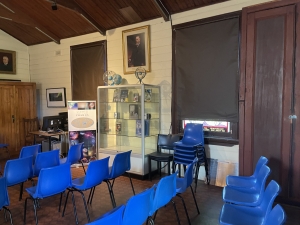
This room can host video projections in 2D or 3D on the large screen
Baker Telescope Room 8x8m
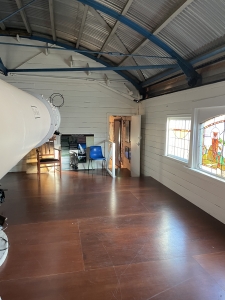
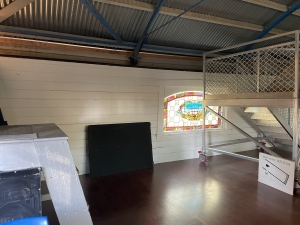

Short video of Baker Telescope Room
Oddie Room 4x4m

